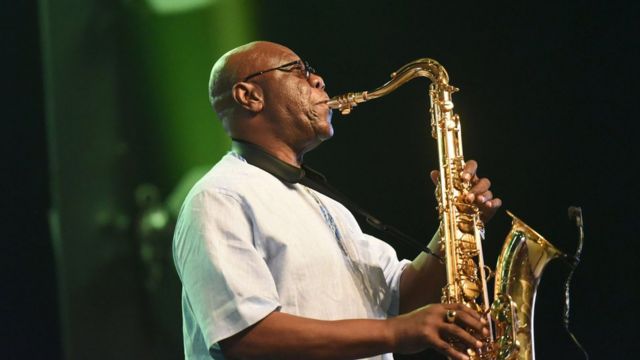

created by saxophone players for saxophone players. The production of the Amati saxophones began in 1945 in the former building of the company Julius Keilwerth employing the Czech staff from the companies Kohlert. I have an Amati Kraslice Tenor Saxophone (serial number 179548) and a Trevor James The Horn Alto Saxophone (Serial Number: T01969).
#CONN SAXOPHONE SERIAL NUMBERS N SERIES#

#CONN SAXOPHONE SERIAL NUMBERS N SERIAL NUMBER#
The last significant change in the True Tone Series was the adoption of brown rollers around serial number 270,000. Front F keys appear around 157,000, and by 200,000 the left hand pinky table had been revised to a four roller system. By serial number 78,000, Buescher saxophones had acquired the unique Snap In pad system. Around 5000, they acquired a pearl button G# key and black rollers, as well as pearl key touches on the main stacks. True - Tone The very first True Tone models, up through about serial number 5000, had dual octave keys, metal key touches with no rollers, a metal button style G#.The quality level of the Buescher horns gradually decreased after the buyout as Selmer USA began to concentrate on the student horn market. Chitra and Manikandan.Īfter the sale Selmer restricted the use of the Buescher trademark to selected products, and rebranded some instruments with other names. It is an account of a young lady Velunachi V. It began airing on 20 February 2018 on Colors Tamil on each Monday to Friday at 18:30 Repeat 10:00(IST). The arrangement denotes Manikandan’s first little screen lead part since 2014. In 1926 Buescher Band Instrument Company was joined with the Elkhart Band Instrument Company (some claim that Buescher was bought by Elkhart Band Instrument), a company founded two years previously by Beardsley with Conn’s Carl Greenleaf as secretary-treasurer. Buescher was vice-president and general manager of the company until 21 January 1929 when he resigned these positions, remaining on staff as a consultant engineer. Buescher remained president until 1919 when Beardsley assumed that title. In 1916 Buescher sold a major share of his company to six businessmen including Andrew Hubble Beardsley. After the reorganization, the company limited itself to producing band instruments. In 1904 the business was reorganized and renamed the Buescher Band Instrument Company. In 1903 there was a disastrous bank crash which affected Buescher’s factory and a number of other local businesses. In March 1901 he patented a cornet unusual in that the valves were of unequal lengths. Collins, a clothing merchant, and Harry L. Main Street which made band instruments and other metal products, in partnership with John L. In the fall of 1894 he opened the Buescher Manufacturing Company at 1119 N. In 1890 while still employed with Conn, he began producing band emblems at home and was setting up his own shop. Conn’s fledgling band instrument factory, and in 1888 he was promoted to foreman. And it is marked under the serial number with the model number of '20A'. You can see by the left-hand pinkie plateau and the bell key guard that it is a Buescher-built horn. 'The Elkhart' By Buescher Alto Saxophone. A fire at the Elkhart, IN Buescher plant in 1903 destroyed all prior records. He accompanied his family to Goshen, Indiana and then to Elkhart in 1875. General History The company was founded by Ferdinand August “Gus” Buescher (born Elk Township, Noble County, Ohio 26 April 1861 died Elkhart, Indiana 29 November 1937).


 0 kommentar(er)
0 kommentar(er)
